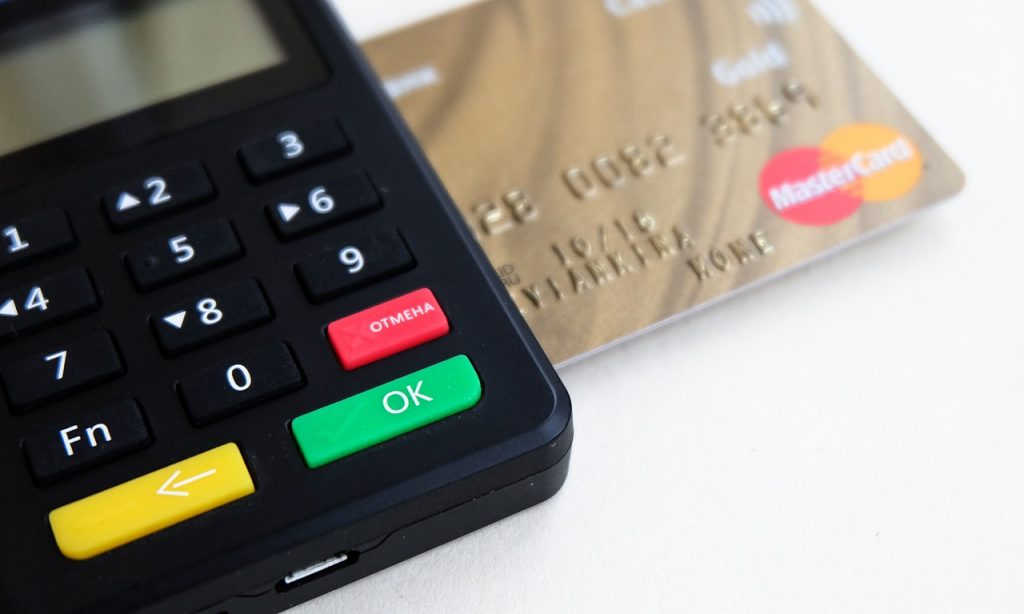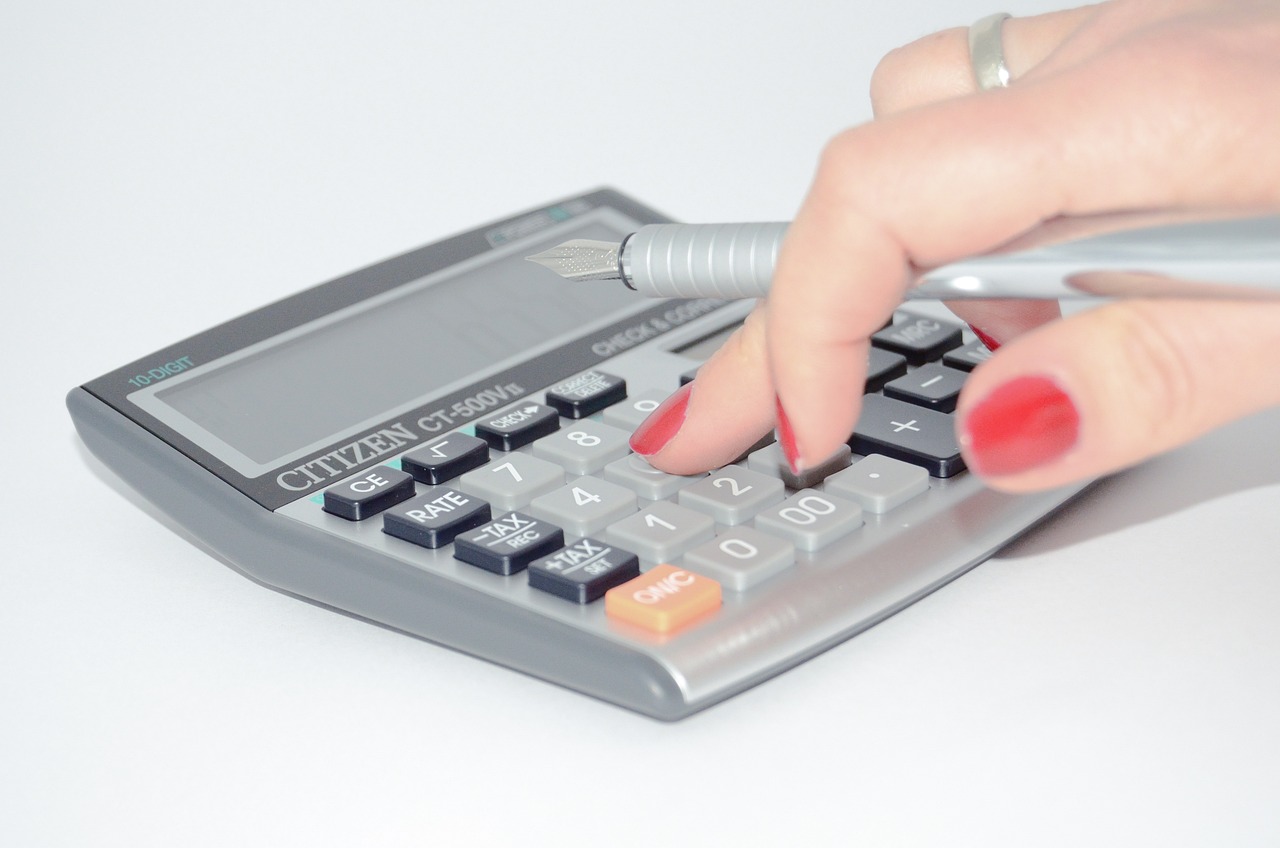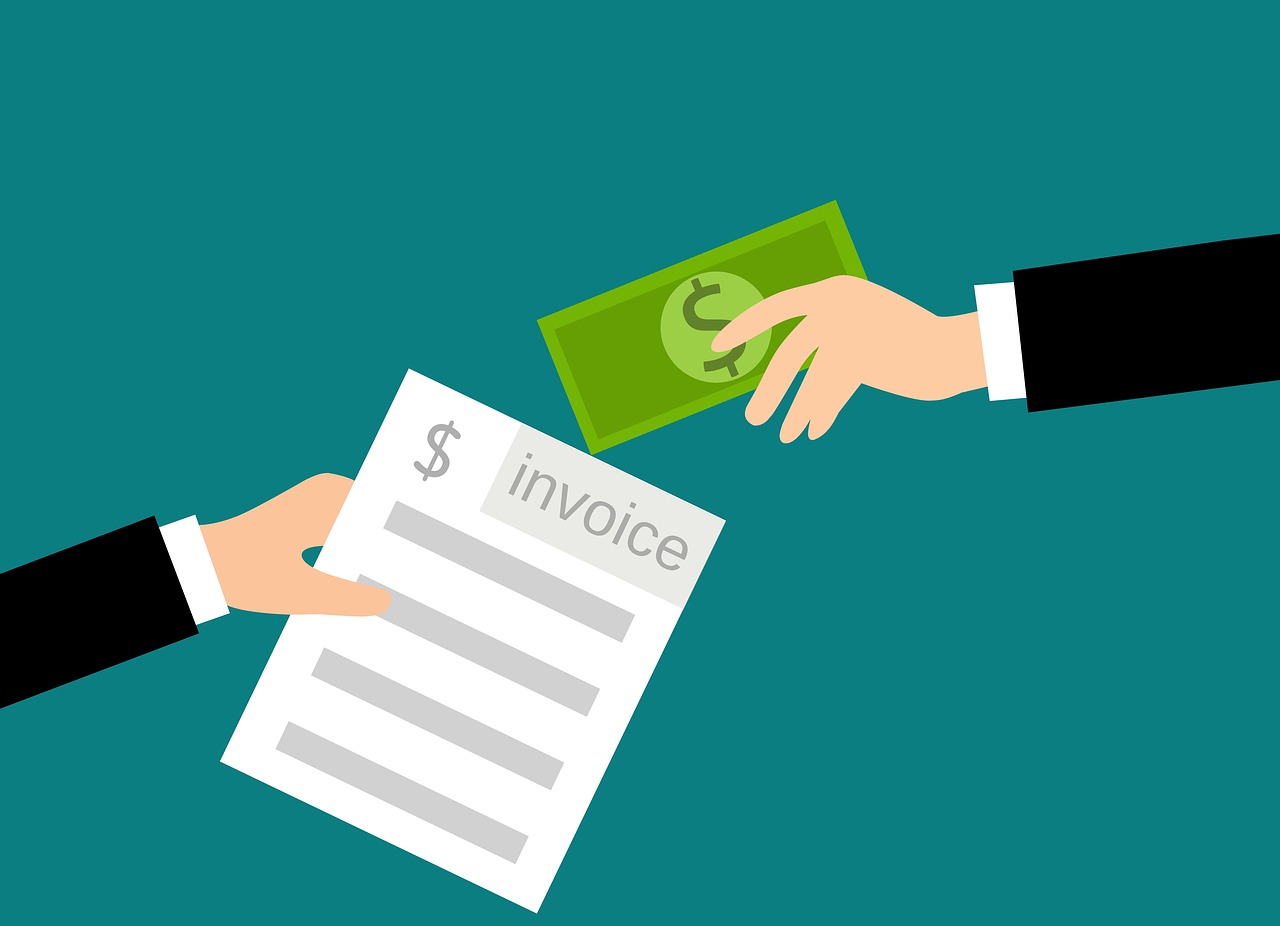What Is a Sales Invoice & How to Create One
In any business, selling goods or services is more than just an exchange. It’s a complex system involving several steps, and among the most vital is the creation and management of an invoice. Understanding the importance of bills and how to craft and manage them effectively is essential for smooth transactions and strong customer relationships.
With
Saldo Invoice, we simplify the whole process, turning what could be a daunting task into a walk in the park. So, let’s get started on the path to better invoicing.
Definition and Purpose of a Sales Invoice in Business Transactions
So, what does a sales invoice actually mean? It’s a document that a seller provides to a buyer. It details the goods or services sold, the quantity, and the price for each. It’s much more than a simple list, though. It’s an official request for payment following a sale. It also includes details like business contact information, bill number, and payment terms.
Sales invoices aren’t just documents but vital tools in your business toolkit. They play a critical role in several aspects:
- Bookkeeping: Bills are essential records of sales transactions. They help you keep track of revenue and are crucial for financial reporting.
- Legal Protection: In the event of a dispute, your sales bills serve as legal proof of the sales agreement.
- Customer Relations: Clear and detailed bills minimize confusion and create a smooth payment process, enhancing the customer’s experience.
From keeping your accounts to facilitating timely payment, the importance of sales invoices cannot be overstated.

Elements and Information Typically Included in a Sales Invoice
Getting to grips with the structure of a sales invoice is the next stepping stone on your path. Knowing what to include and how to present it can make a big difference to your invoicing process.
What to include in your sales invoice?
Creating a bill isn’t as simple as jotting down what has been sold. Each bill should contain key components to ensure it’s both comprehensive and professional. Here’s a look at the information your sales invoice should include:
- Your Business Details: Your business name, address, and contact information should be clearly stated.
- Customer’s Information: Include the full name and contact details of the customer or business you’re invoicing.
- Invoice Number: Each invoice should have a unique number for easy tracking.
- Date: Include the date the bill was issued and the payment due date.
- Product or Service Details: List each product or service provided, along with descriptions if necessary.
- Quantity and Price: Detail the quantity of each item and the price per unit.
- Total Amount Due: After including any taxes or discounts, provide the total amount the customer needs to pay.
Keep in mind that clarity is key here. The customer should know exactly what they’re paying for.

Does the invoice format matter?
Yes, the format of your invoice matters a lot. A well-structured, clear, and organized format helps ensure that nothing is overlooked. It also shows your business in a professional light, enhancing your credit credibility.
Fortunately, creating a professional-looking bill doesn’t have to be a difficult task. With our easy-to-use
invoice templates, you can generate official invoices that meet all the necessary requirements and reflect your business’s professionalism.
In essence, a well-crafted bill is both a record of purchase and an order for payment, which serves as an important tool for effective business communication.
Step-By-Step Guide to Creating a Sales Invoice
Creating a sales invoice might initially seem complex, especially for those new to it. However, with a clear step-by-step process to follow, it can become a straightforward task. Here’s how to go about it:
- Prepare Your Business Details: This includes your business name, contact information, and address. These details help your customer identify you as the sender.
- Enter Your Customer’s Details: This includes the customer’s name, contact information, and address. It’s important to keep your records straight and ensure the bill reaches the right recipient.
- Provide an Invoice Number and Date: A bill number is necessary for tracking purposes, and the date is essential for establishing when the payment is due.
- List the Products or Services: Detail each item or service that you’re billing for, along with the quantity and unit price.
- Include Additional Charges or Deductions: If any taxes or discounts apply, include them and calculate the final total.
- Specify Payment Terms and Due Date: Be clear about when the payment is due and any terms or conditions related to the payment.
- Review: Check that all the information is correct before sending it out. Any errors can confuse and delay payment.
- Save, Print, or Send: Depending on your preference and the preference of your customer, you may choose to print it, send it by email, or both.
There are various tools available that can help simplify this process, including invoice generators like the one offered by
Saldo Invoice. These tools can assist in creating professional, easy-to-understand bills, helping ensure the process is smooth for both you and your customer.
Best Practices for Accurate and Effective Sales Invoicing
When it comes to invoicing, timeliness and accuracy, play pivotal roles. Sending bills promptly after a sale is key to maintaining positive cash flow. Waiting too long to charge can cause delays in payment and potentially disrupt your account management.
But timeliness isn’t the only thing that matters. Accuracy is equally important. Make sure your bills include all the necessary information and that all the details are correct. An inaccurate bill can lead to misunderstandings, disputes, and delayed payments.
Here are some key points to keep in mind:
- Send your bills as soon as possible after a sale.
- Double-check all the details in your bill for accuracy.
- Clearly state the payment terms and the due date.
- Keep a record of all bills and receipts sent for easy tracking and future reference.
While timeliness and accuracy are fundamental to successful invoicing, they aren’t the only factors to consider. Personalization and professionalism are also crucial components of an effective invoicing strategy.
Tips for Maintaining Proper Records and Managing Sales Invoices Efficiently
Once you’ve mastered the creation of sales invoices, the next step is managing them effectively. A well-organized approach can streamline your operations, keep your business accounts in order, and ensure a healthy cash flow.
Here are a few strategies for keeping your bills organized:
- Use Invoice Numbers: Assign a unique number to each bill for easy tracking.
- Keep a Digital Record: Store copies of all bills digitally. This not only reduces physical clutter but also offers a level of security against loss or damage.
- Regularly Update Your Records: As payments come in, be sure to update your records to reflect the current status of each bill.
But managing bills manually can be a time-consuming task. That’s where our platform comes into play.

Efficient Invoice Management With Saldo Invoice
At Saldo Invoice, we understand that managing sales invoices can be daunting. That’s why we offer an integrated bill management feature on our platform. The term ‘integrated invoice management’ carries significant meaning, as it entails a comprehensive approach that simplifies record-keeping and ensures you always have a real-time view of your sales bills at your fingertips. It simplifies record-keeping and ensures you always have a real-time view of your sales invoices at your fingertips. This feature can be used to streamline your bill management process.
By using our
sales invoice management feature, you can easily create, track, and manage your bills. You can review the payment status of each sale, send reminders for overdue payments, and generate financial reports, all within the platform.
Elizabeth Cherepyna
Product Manager, she is analytic of the behavior of users in the application, communicates with them, to better understand what we need to improve, and sets tasks for her team.
Learn more






